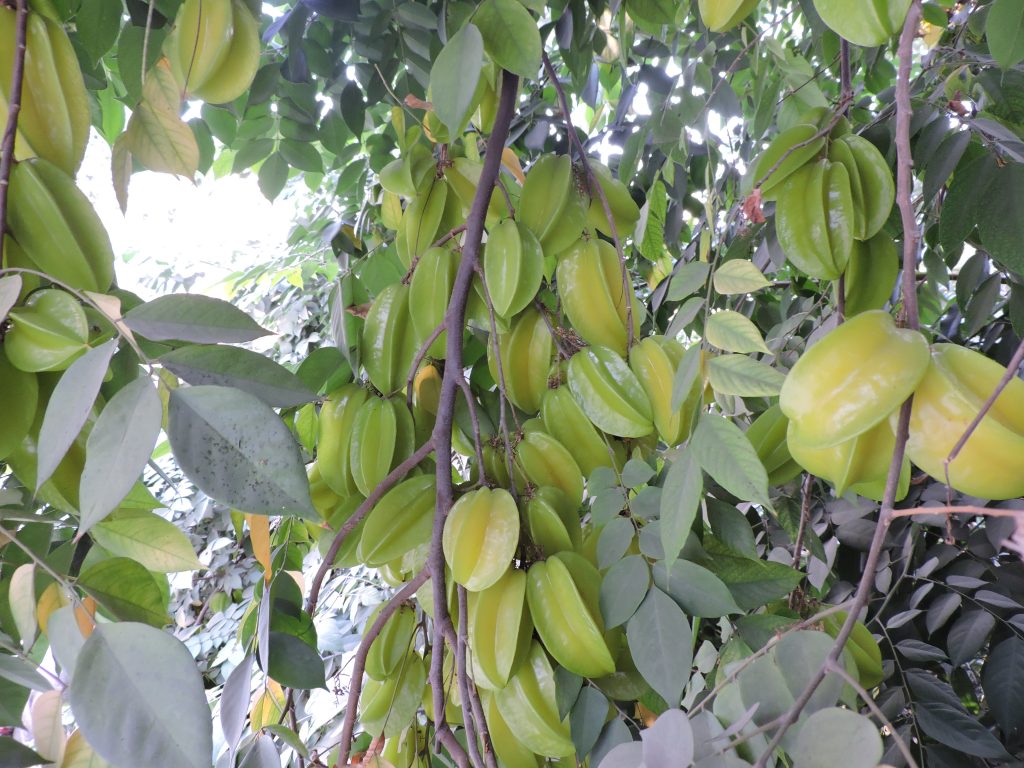
The crucial role of native plant species in preservation of indigenous fauna and microorganisms in soils is undisputed globally. Exotic species cause destruction of animal life such as local earthworm and ants in soil which leads to a change in soil texture overtime and that in turn destroys its fertility, ultimately leading to land desertification. Forests perform a range of other ecological functions such as preservation and purification of fresh water resources, environment protection and disaster mitigation all of which require careful selection of a mix of native trees for desired results. Survival of urban wildlife such as butterflies and birds also depends on native species for their food and nesting needs. Mimicking nature in order to build such forests helps restore these ecological functions.
Non-native species frequently rely on chemical fertilizer, pesticides and other fossil-fuel derived inputs with an adverse impact on environmental quality. In cases where growing them otherwise appears simple, such trees suck underground water at an alarming rate for a country like Pakistan where aquifers are drying out in most places. Rampant use of such non-native species in our cities with a total disregard for their disadvantages to ecosystem is alarming. A longstanding example of this negligence is plantation of eucalyptus (native of Australia) since the 1960s spreading all over Pakistan and in more recent years, a visibly growing urban cover of conocarpus (native of Americas) in our major cities. Such invidious species can have a detrimental effect on human health, cause damage to our local flora and fauna and become invasive. The ever increasing presence of exotic trees, plants and grass in our urban landscape drain aquifers, do not harbor biodiversity, are environmentally damaging as well as costly to maintain. Integration of dense, fast growing, sustainable and species-rich urban and peri urban forests consisting of native tree species is therefore critically needed to restore ecosystem services and save on long term maintenance costs.
